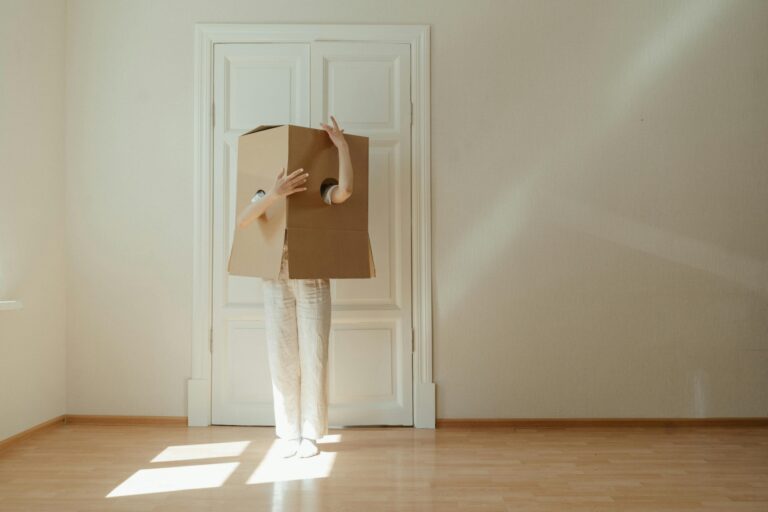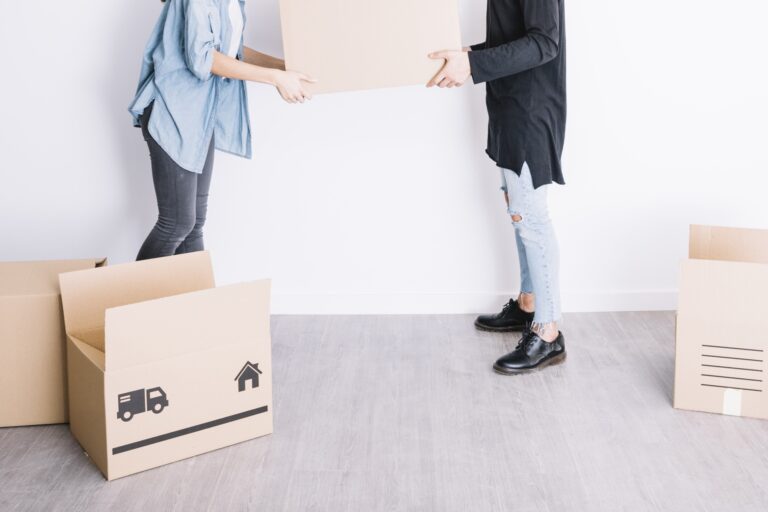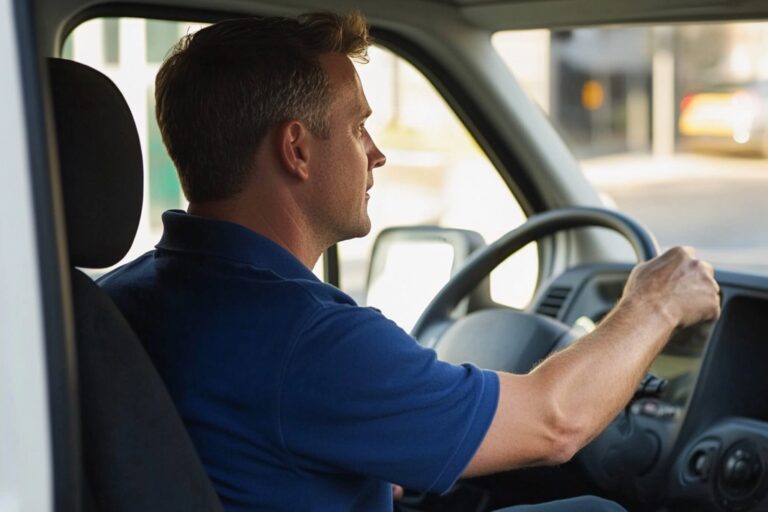Moving home can be overwhelming. This article shows you how to pack and unpack for a home removal efficiently. Discover practical tips for sorting, packing, and unpacking that will save you time and reduce stress. From creating a smart packing plan to gathering essential supplies and using efficient techniques, we’ve got you covered. Follow these steps to ensure a smooth transition and make your move to Canary Wharf as stress-free as possible.
Key Takeaways
- Start packing at least 7 weeks before moving, focusing on off-season and non-essential items first, and use a room-by-room strategy to stay organized.
- Gather essential packing supplies (like boxes, bubble wrap, and labels) and use efficient packing techniques to safeguard your items and save space.
- Create an essentials box with toiletries, basic kitchenware, and important documents to have quick access to vital items upon arrival and ease the settling-in process.
Start with a Smart Packing Plan
Initiating a thoughtful packing plan is the cornerstone of a successful move. Here are some steps to follow:
- Begin by decluttering, which helps reduce clutter and allows you to donate items simultaneously.
- Categorise your possessions, starting with the least used rooms, and dedicate a few hours each week to this task.
- Clearly label all boxes to simplify the unpacking process later.
By following these steps, you can make your move more organized and efficient.
Use suitcases and hampers to pack items, and consider uniform boxes for a tight and professional packing job. Starting by packing off-season items and those you won’t miss weeks in advance can streamline your packing process. If you find the packing process overwhelming, don’t hesitate to reach out to family and friends for help or consider hiring professional packing services.
Prioritize Items for Packing
Prioritization plays a key role in the packing process. Start by laying out all items to strategize effective packing. Begin with non-essential items and rooms, which helps streamline the overall process.
Using packing cubes can help organise items and maximise packing space. Numbering your boxes and maintaining a corresponding inventory list ensures that you keep track of all your items, making the unpacking process smoother.
Room-by-Room Strategy
A room-by-room packing strategy can maintain organisation during the move. Saving time when unpacking and helping the movers place the boxes in the right room is achieved by keeping boxes for each room together. This organisation makes the process more efficient and less confusing for everyone involved. Avoid mixing items from different rooms in the same box to make unpacking easier.
This method ensures that you stay organized and reduces the chances of misplacing items during the move.
Timeline for Packing
Formulating a packing timeline is of paramount importance. Start packing at least 7 weeks before your moving date, beginning with off-season items and those you won’t need immediately. This approach ensures that you’re not rushed and can handle the packing process in manageable chunks.
By pacing yourself, you can avoid the last-minute panic and ensure a smooth packing experience.
Gather Essential Packing Supplies
Assembling all the required packing supplies in advance is a prerequisite for a seamless move. Here are some essential packing supplies to consider:
- Brown packing tape: effective for securing boxes and packages
- Bubble wrap and packing paper: essential for protecting fragile items during the move
- Foam packing sheets and honeycomb paper: great alternatives to traditional packing materials
Keep all your packing supplies in one location to avoid last-minute store runs and create a sense of order and efficiency.
Choosing the Right Boxes
Selecting appropriate boxes can remarkably influence the moving process. Large, strong cardboard boxes with reinforced handles are ideal for moving. Use small boxes for heavy items like books to prevent the boxes from breaking and to make them easier to carry.
Wardrobe boxes are perfect for hanging clothes directly, which simplifies the process of transporting clothing.
Protective Materials
To ensure the safety of your belongings, protective materials such as paper or bubble wrap are indispensable. Some essential protective materials include:
- Bubble wrap: provides cushioning to prevent damage
- Packing paper: can be used to wrap items securely and fill empty spaces in boxes to prevent shifting
- Foam packing sheets, packing peanuts, and foam pouches: offer additional protection for delicate items like electronics and picture frames
These materials, including plastic bags, will help keep your belongings safe during the moving process.
Speciality boxes with dividers are also available for items like dishes and glasses.
Labelling Tools
Succinct labelling is a transformative strategy in the moving process. Here are some tips for labelling your boxes:
- Label each box with the room it’s destined for.
- Include a brief description of its contents.
- Consider using colour-coded or number-coded labels to make it easier to identify which boxes belong in which rooms at a glance.
Strong adhesive labels and permanent markers ensure that the labels stay attached to the boxes during the move.
NOTE
Gathering essential packing supplies in advance is crucial for a smooth and efficient move. Having items like brown packing tape, bubble wrap, and appropriate boxes on hand ensures your belongings are well-protected and organized, saving you time and stress on a moving day.
Efficient Packing Techniques
Adopting efficient packing techniques can result in significant time and space savings. Here are some packing tips to consider:
- Disassemble larger pieces of furniture to prevent damage and save space.
- Use bedsheets and towels to wrap and protect fragile furniture items from scratches and dents.
- Stack pans and pots to save space.
- Pack heavy items first in small boxes to prevent them from crushing lighter items.
- Reassess and rearrange items to optimise packing and make the most of available space.
By implementing these strategies, you can make your packing process more efficient and save time and space.
Tetris Method for Packing
Adopting the Tetris method is a strategic approach to box packing. Start by placing heavy items at the bottom and lighter items on top to ensure stability. Begin with flat items like books or neatly folded clothes to create a solid base layer.
Rolling clothes instead of folding them can help fit snugly into gaps, maximising space. Flexibility is key, so be prepared to rearrange items to find the best fit.
Packing Fragile Items
Fragile items necessitate careful packing. Here are some tips for packing fragile items:
- Wrap dishes in packing paper and pack them on their sides with plenty of padding above and below.
- Glasses should be wrapped in layers of paper and packed in boxes with cardboard dividers.
- Use old blankets or towels for additional cushioning.
Fill empty spaces in pack boxes with clothing, towels, or packing paper to ensure items are snug and protected.
Disassembling Furniture
Taking apart furniture can not only save space but also avert potential damage during transit. Use stretch wrap to secure furniture and large items, preventing scratches and damage.
Disassembling larger pieces of furniture makes transportation easier and more efficient.
Handling Valuables and Important Documents
It is of utmost importance to handle valuable items and crucial documents cautiously. Create an inventory of your valuables to keep track of them and provide proof of their condition. Make sure to gather all necessary documents, such as new address information, rental or purchase papers, and moving contracts, in a designated moving folder. This will help keep everything organized and easily accessible during the move.
Consider purchasing moving insurance for valuable items to provide extra protection and peace of mind.
Separate Box for Valuables
Keep important documents and valuables in a separate box for easy access and added security. Photographs of expensive or sentimental belongings can serve as proof of condition for insurance purposes.
Ensure that this box stays with you rather than in the moving truck to prevent loss or damage.
Digital Backups for Documents
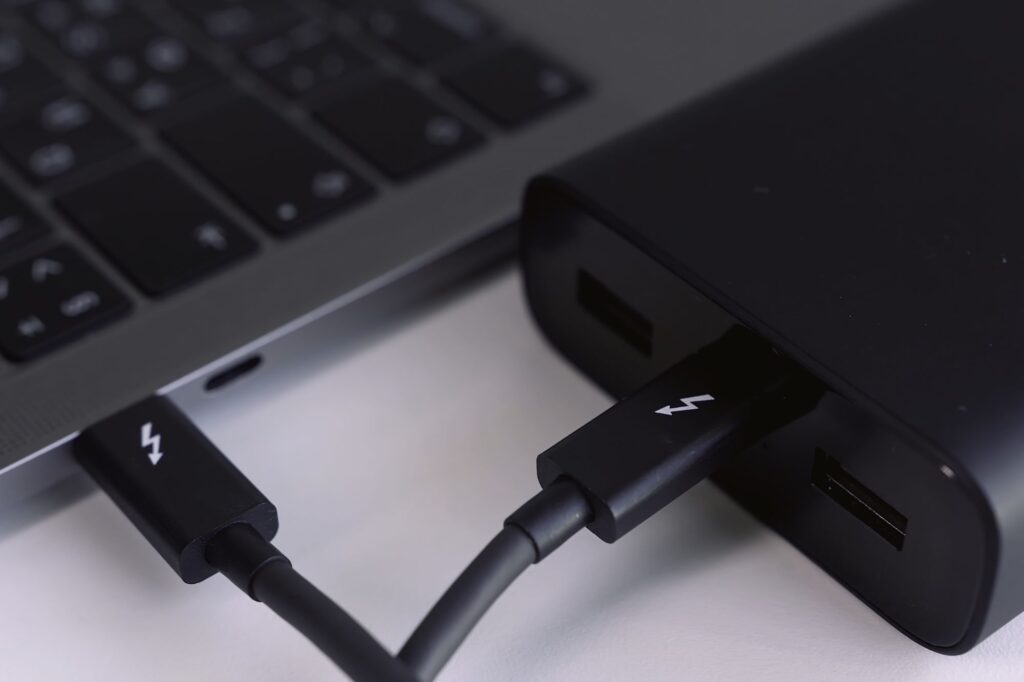
Creating digital backups for important documents is a smart move. Keep digital copies of receipts, warranties, and certificates of authenticity to safeguard against loss during the move. This step ensures that you have access to essential information even if the physical documents are misplaced.
Preparing Appliances for Moving
The process of preparing appliances for relocation includes a number of steps. Disconnect all appliances from power sources before moving to prevent safety hazards and potential damage. Ensure the refrigerator is unplugged for at least 24 hours before moving to allow proper defrosting.
Secure washer and dryer drums using original parts or contact the manufacturer for replacements if necessary.
Cleaning and Securing Appliances
It is essential to clean and secure appliances prior to the move. Wipe all surfaces of the appliances with a damp cloth and dry thoroughly to prevent odours and dirt during transit. Secure knobs, handles, and other loose parts with bubble wrap or crumpled paper inside compartments.
Secure knobs, handles, and other loose parts with bubble wrap or crumpled paper …
Ensure that all shelves in the refrigerator are cleaned and dried to prevent mould and mildew.
Using Furniture Pads
Employing furniture pads is imperative for the protection of your appliances during transit. Pad appliances with foam or blankets to prevent scratches and dents during transport on a moving truck.
Furniture pads provide an additional layer of protection, ensuring that your appliances arrive at your new home in the same condition they left.
Creating an Essentials Box
To alleviate unnecessary stress, assemble an essentials box to keep crucial items within reach upon arrival at your new residence. Include:
- toiletries
- basic kitchenware
- phone and computer chargers
- clothes for the first few days
This box should be kept in the car with you during the move, along with all your boxes, or be the last box loaded to ensure quick access upon arrival.
Toiletries and Basic Kitchenware
Include the following essential toiletries in your essentials box for immediate access:
- Toothbrush
- Toothpaste
- Shampoo
- Body wash
- Deodorant
Also, add basic kitchenware like utensils, and items like coffee, tea, milk, and sugar for a quick beverage upon arrival.
Don’t forget necessary electronic devices like phones, laptops, and their chargers, as well as a few toys to keep yourself entertained during downtime.
Overnight Bag
An overnight bag should contain:
- Pyjamas and a change of clothes for each person to ensure comfort during the initial days at the new place
- A towel for each person
- Snacks like cereal bars to stay energised during the move
Packing an air mattress or sleeping bag ensures you have a comfortable place to sleep if the bed isn’t set up yet.
Moving Day Strategies
A checklist can be an invaluable tool for maintaining organisation on the day of the move. Finish packing at least the day before to focus on loading the truck on a moving day. Arrange offsite babysitting or pet sitting to avoid additional stress from having children or pets around.
Assign a day-of point person to handle any issues that arise, ensuring a smooth moving process.
Early Start
Begin the day early to leverage daylight and reduce the pressure of last-minute tasks. An early start can allow more time to deal with unexpected challenges, ensuring that you stay on track and stress-free during the move.
Stay Positive
Maintaining a positive attitude throughout the moving day can help reduce stress and keep morale high. Listening to your favourite music can boost morale and keep spirits high during the move.
Taking short breaks during the day can help maintain energy levels and prevent burnout.
Unpacking Efficiently After Moving Home Canary Wharf
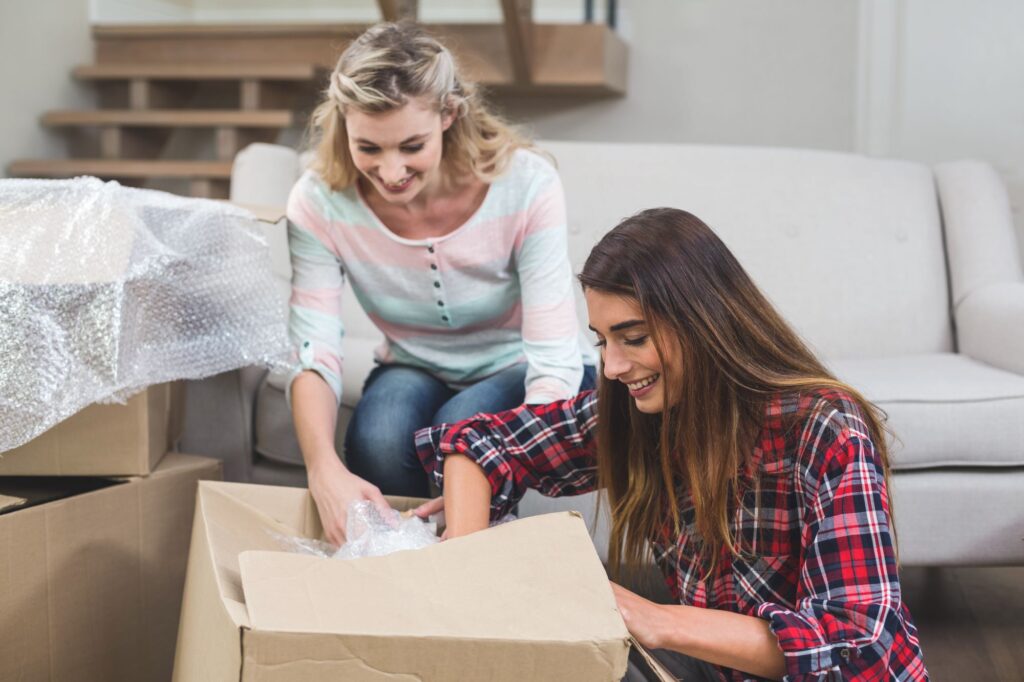
Efficient unpacking starts with:
- Establishing a feasible timeline, for instance, unpacking five boxes or setting up two rooms per day
- Prioritising the essentials and items needed for your daily routine
- Keeping relevant items together while packing to save time during the unpacking process.
Getting the family involved can speed up the process and serve as a bonding experience.
Start with the Essentials Box
Start by unpacking your essentials box and setting up vital appliances. Unpacking essentials like toiletries, bedding, and clothing first can make you more comfortable in your new home. It’s recommended to unpack essential rooms like the kitchen, bedroom, and bathroom first to quickly settle into daily routines.
Organise Room by Room
Unpacking room by room makes the task more manageable and helps in staying organized. Focusing on one room at a time prevents feeling overwhelmed and ensures that each space is fully set up before moving to the next.
Unpack rooms in the order of bathroom, kitchen, bedrooms, living room, and then utility and storage areas for optimal efficiency.
Settling into Canary Wharf
Acclimatising to Canary Wharf extends beyond unpacking. Decorate your new house with personal items and photos to create a sense of familiarity and comfort.
Integrate into the community by attending local events and exploring nearby attractions, which helps foster a sense of belonging.
Exploring Canary Wharf
Explore local amenities and parks to integrate into your new community. Canary Wharf is known for its luxury stores and high-end restaurants, offering plenty of dining and shopping options.
Participate in local events and activities to meet new people and build connections in the area.
Meet Your Neighbours
Introducing yourself to neighbours can help build connections and gain local insights. Hosting a small housewarming party can be a good opportunity to meet neighbours and establish a friendly relationship.
Connecting with locals provides valuable information about living and thriving in Canary Wharf.
Summary
Efficient packing and unpacking are achievable with strategic planning, the right supplies, and organized techniques. By decluttering, creating a packing plan, and staying positive throughout the move, you can ensure a smooth transition. Exploring your new neighbourhood and building connections will help you settle into Canary Wharf comfortably. Happy packing and enjoy your new home!
Frequently Asked Questions
When should I start packing for my move to Canary Wharf?
You should start packing at least 7 weeks before your moving date, beginning with off-season items and non-essentials. Start early so you have enough time to organise and pack everything properly.
How can I protect my fragile items during the move?
Make sure to use bubble wrap, packing paper, and foam sheets to wrap and pack fragile items securely during the move. This will help prevent any damage to your valuables.
What should be included in my essentials box?
Make sure to include toiletries, basic kitchenware, chargers, and clothes for a few days in your essentials box. Having these items will help you settle in smoothly.
How can I keep my valuable items safe during the move?
Make sure to pack your valuables and important documents in a separate box, and consider making digital backups to keep them safe during the move.
What are some tips for settling into Canary Wharf?
Get to know the area by exploring amenities, joining community events, and meeting your neighbours to settle into Canary Wharf smoothly.



